We use cookies to make your experience better. To comply with the new e-Privacy directive, we need to ask for your consent to set the cookies. Learn more
How to deal with equine inflammation and what is the best medication
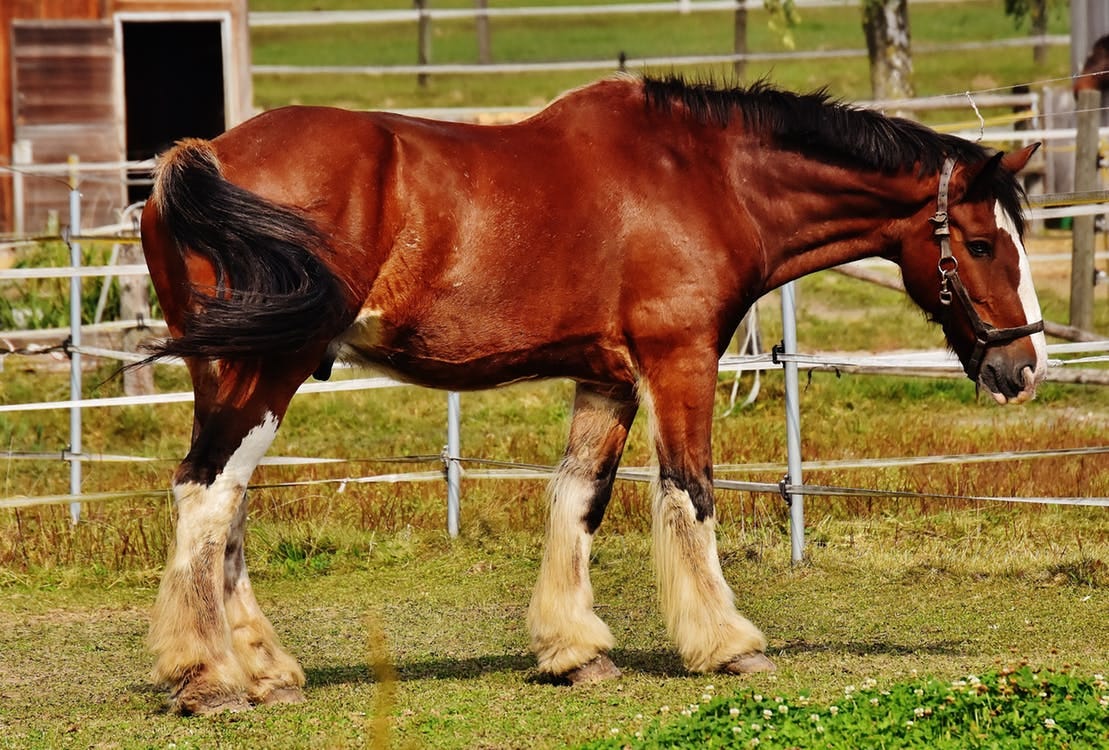 What exactly is equine inflammation?
What exactly is equine inflammation?
Equine inflammation is a vital part of the horse's immune response.
- It's the body's attempt to heal itself after an injury;
- defend itself against foreign invaders, such as viruses and bacteria;
- and repair damaged tissue.
The suffix 'itis' it indicates inflammation. For example laminitis is inflammation of the laminae, tendonitis is inflammation of the tendon and sinusitis is inflammation of the sinuses.
Inflammation is often characterized by redness, swelling, warmth, and sometimes pain and immobility.
Why use anti-inflammatories for horses?
NSAIDs or non-steroidal anti-inflammatory are medications commonly used in the equine industry. Common drugs belonging to this group include the popular phenylbutazone or “Bute”and flunixin meglumine (popular as Banamine).
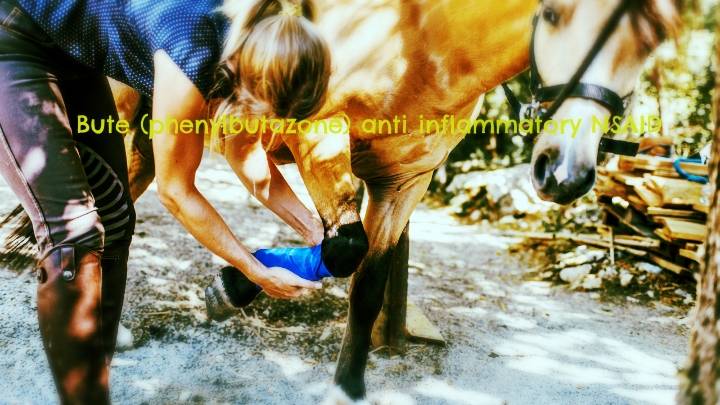
Both bute and banamine are popularly used to treat inflammatory problems in horses. Both these drugs are effective when given at a correct dose. Equally, they can also be harmful when used inappropriately. Anti-inflammatory medications are an essential item in your first aid kit.
Using bute for equine inflammation
Phenylbutazone or Bute is most commonly used in the treatment of lameness in horses. It also reduces fever, minimizes pain.
Bute can be injected intravenously or in forms of paste, powder or granules. Veterinarian advice should be sought before administering Bute. The most common side effects from prolonged use or incorrect dosage is gastric ulcers.
What is the right dose of Bute?
The recommended dose set for phenylbutazone is 2-4 grams/day for a horse that weighs 1,000 pounds.
In general, the dosage should not exceed 5 -7 days. Even a dose of below 4g/day can produce gastrointestinal problems, especially if the drug is given for longer duration.
What You Should Know About Flunixin meglumine (Banamine)
Flunixin is an NSAID more commonly used to relieve pain from colic. It can also be used to treat conjunctivitis, and other painful eye problems like uveitis and corneal ulcers. This drug can also be used as treatment for arthritis in horses.
Flunixin can be effective if the cause of colic is spasmodic. However, if the cause of colic is something more serious such as feed impaction. Then flunixin will only relieve the pain but will not treat the basic problem.
Side Effects to Watch Out For
Gastric Ulcers are a common side effect from use of NSAID's. In some instances bleeding disorders and kidney problems may occur. Long term use of anti-inflammatories are a common cause of gastric ulcers. Always consult your veterinarian before treating Equine inflammation.
Dealing with Equine Inflammation
Both phenylbutazone and flunixin are important medicines in the equine industry.
Horse owners should know about the drug itself and how it works and be aware of potential side effects.
With that said, having anti-inflammatories available on hand can be vital for an injured horse.

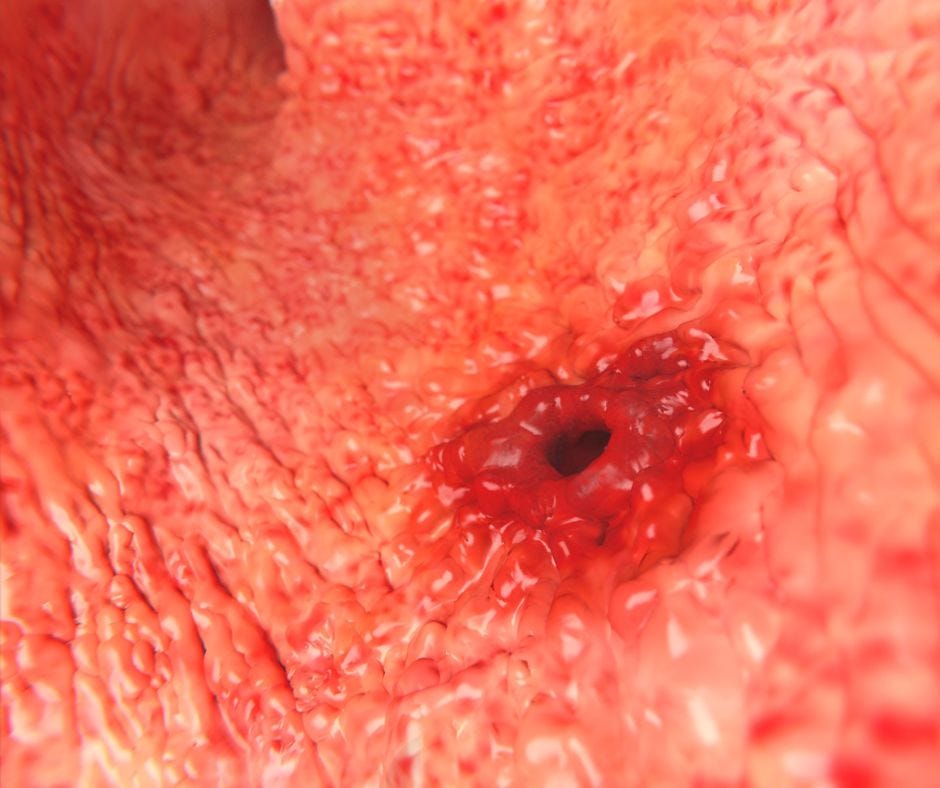
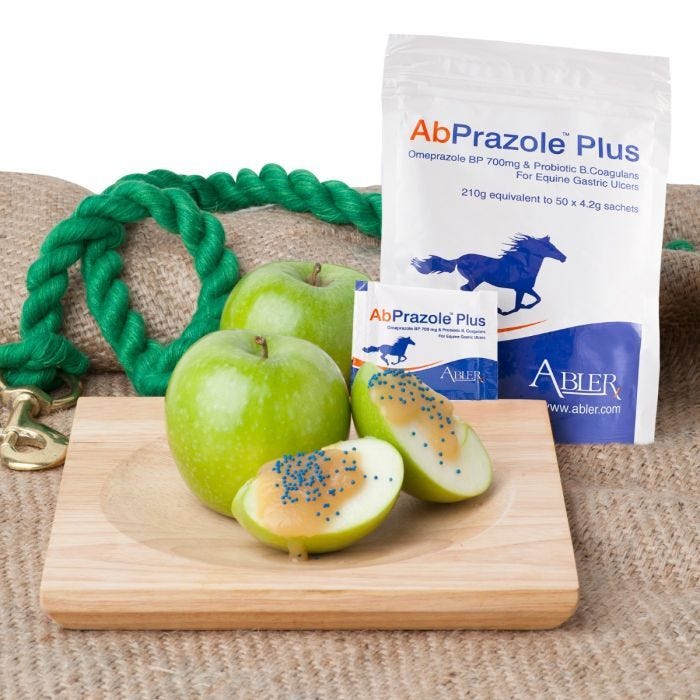
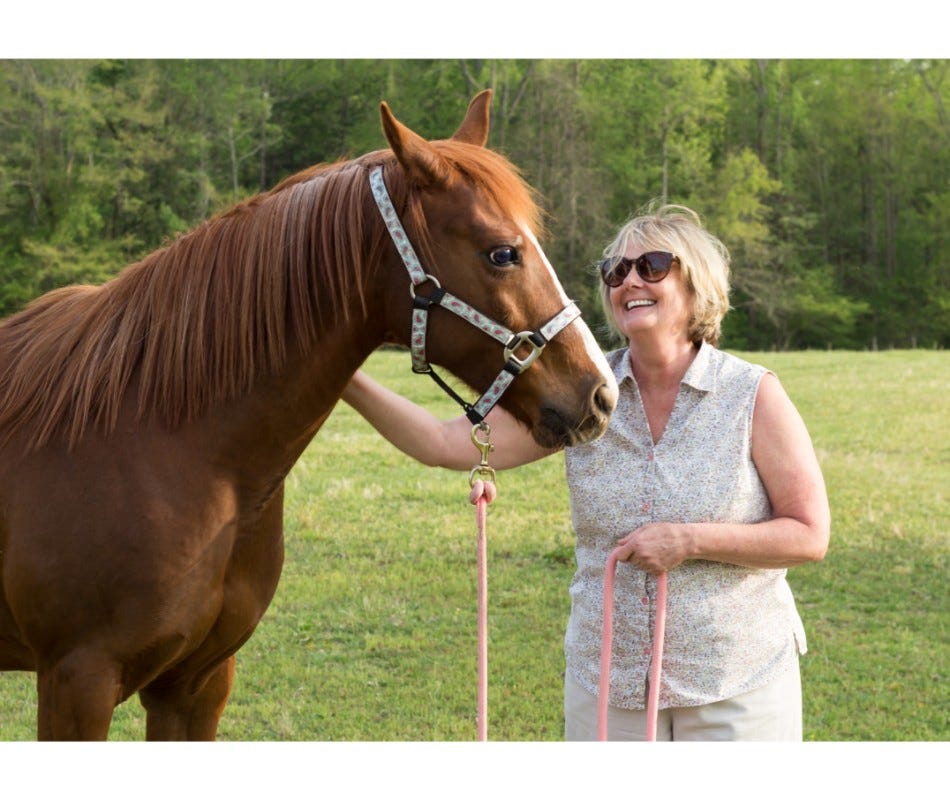
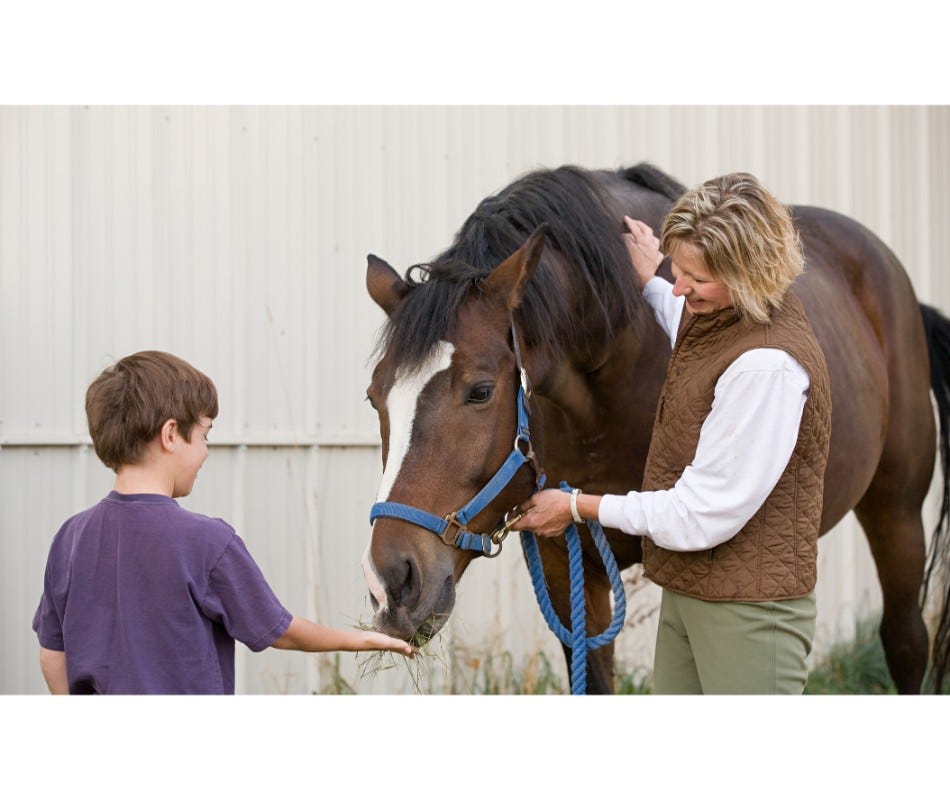
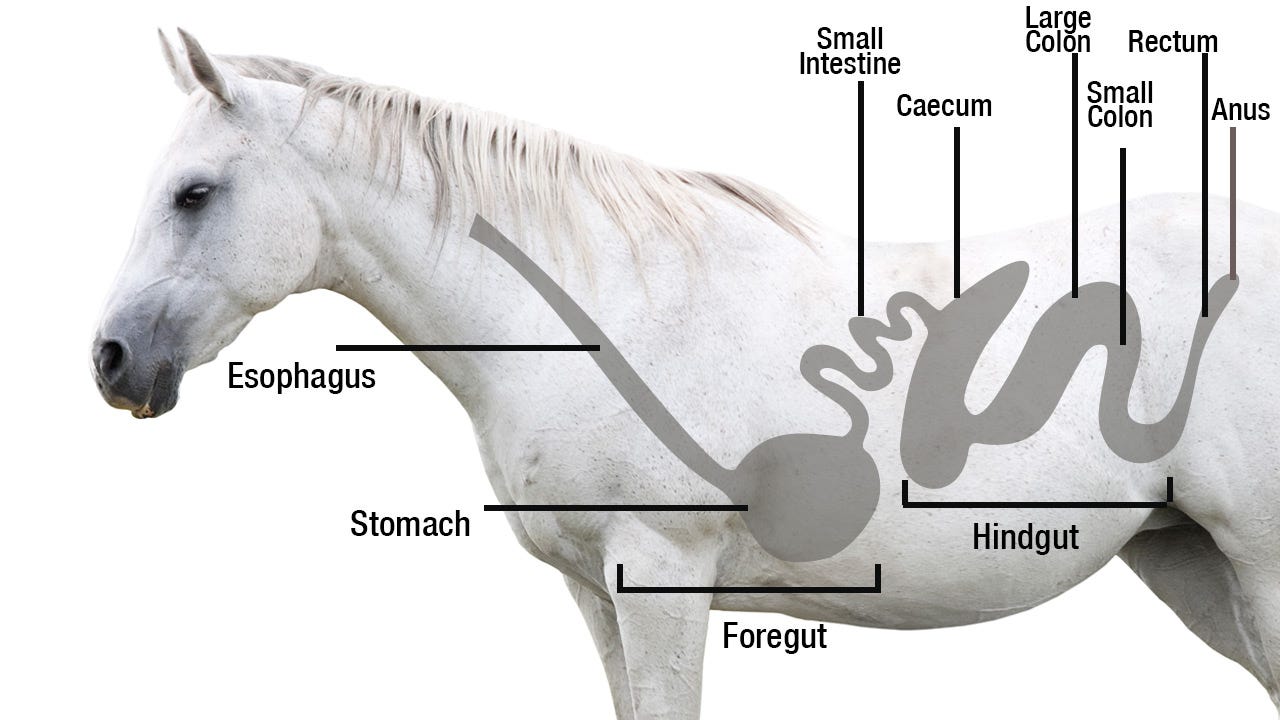


Validate your login